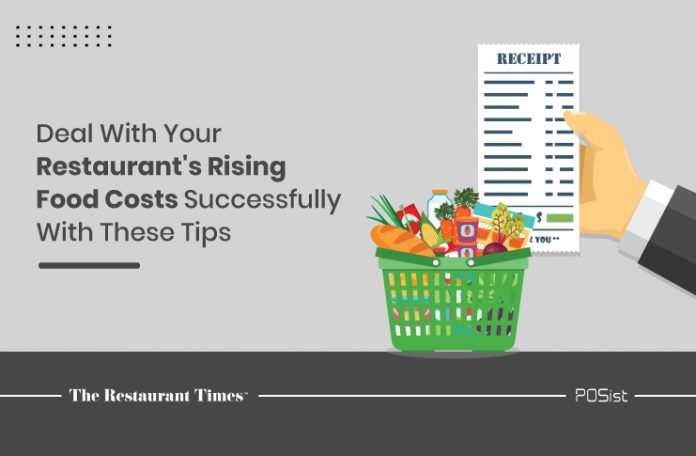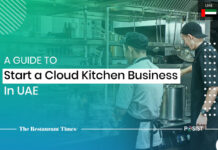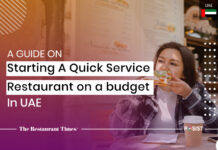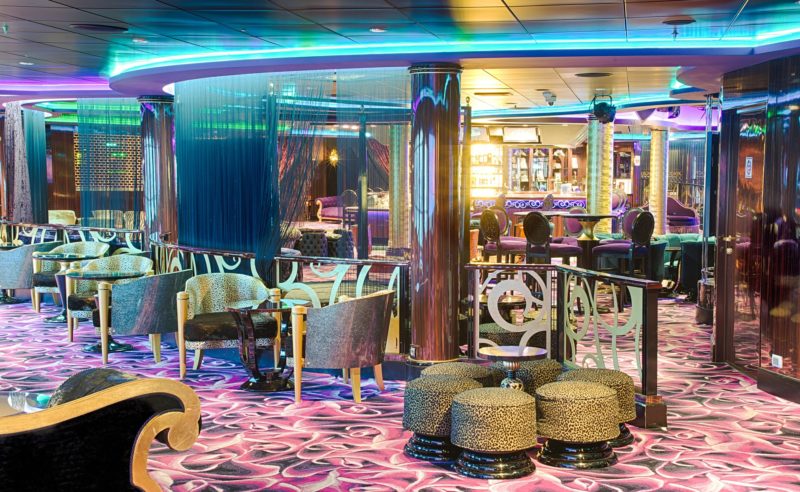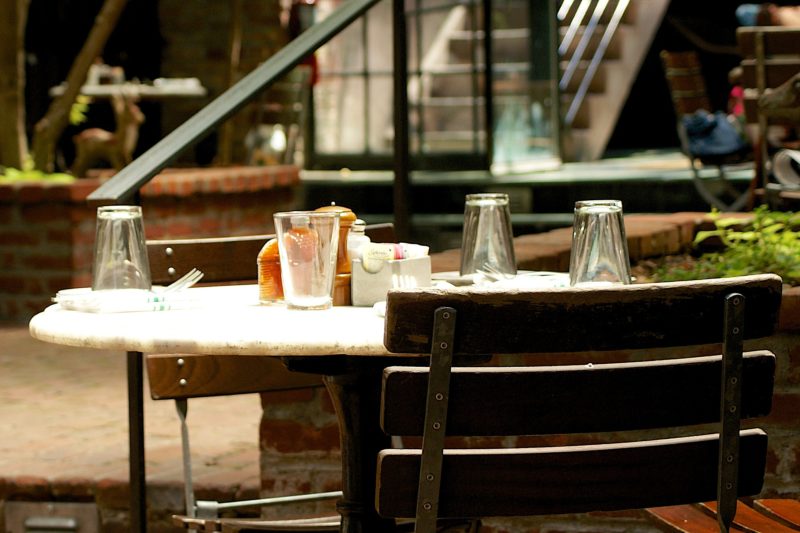The UAE is a country that lies on a vast expanse of sand and barren land. It has extreme climates, which make it inhospitable for farming. As a solution to this problem, most of the food consumed in the UAE is imported from other countries. The food import bill had already reached USD 100 billion in 2015 and is anticipated to grow four times by 2025. This is one of the main reasons why food costs in the UAE are high. Even the cheap cafes in shopping centres would cost you around 30-60 AED per head.
Running a restaurant in such an expensive country is tough as everything incurs higher costs than in other countries. However, even though you have no control over the prices of food, you can still adopt measures to control the food costs of your restaurant in the UAE.
This article will present you with some useful ideas so that you can keep your food costs in check.
6 Ways To Control Food Costs Of Your Restaurant In The UAE
In the wake of COVID-19, it has become all the more vital to control your restaurant’s food costs. The ultimate aim of controlling food costs is to increase the restaurant’s profit margin. But before doing that, the restaurateur should be aware of the actual and ideal food costs. Compare the margin of both costs, and then work on reducing it.
Here are some ways you can deal with the rising food costs successfully.
1. Track And Manage Food Prices
Tracking food prices is a good practice for restaurateurs. They should also be aware of the average food costs of the industry and the region that they operate in. Any predicted increase or decrease in the cost of raw materials should be known to them so that they can manage their food costs accordingly.
The inconsistent rise and decline in food prices can pose a threat to the profit margins of restaurants. Therefore, one should be aware if the price of eggs has increased or that of meat has decreased. Proper tracking of food prices allows you to introduce affordable alternatives to your menu.
There is also a seasonal fluctuation in the prices of raw materials that should be tracked. For example, buying mangoes in summer can be cheaper than in winter. Following the change in food costs is thus necessary to take advantage of opportunities in order to cut costs.
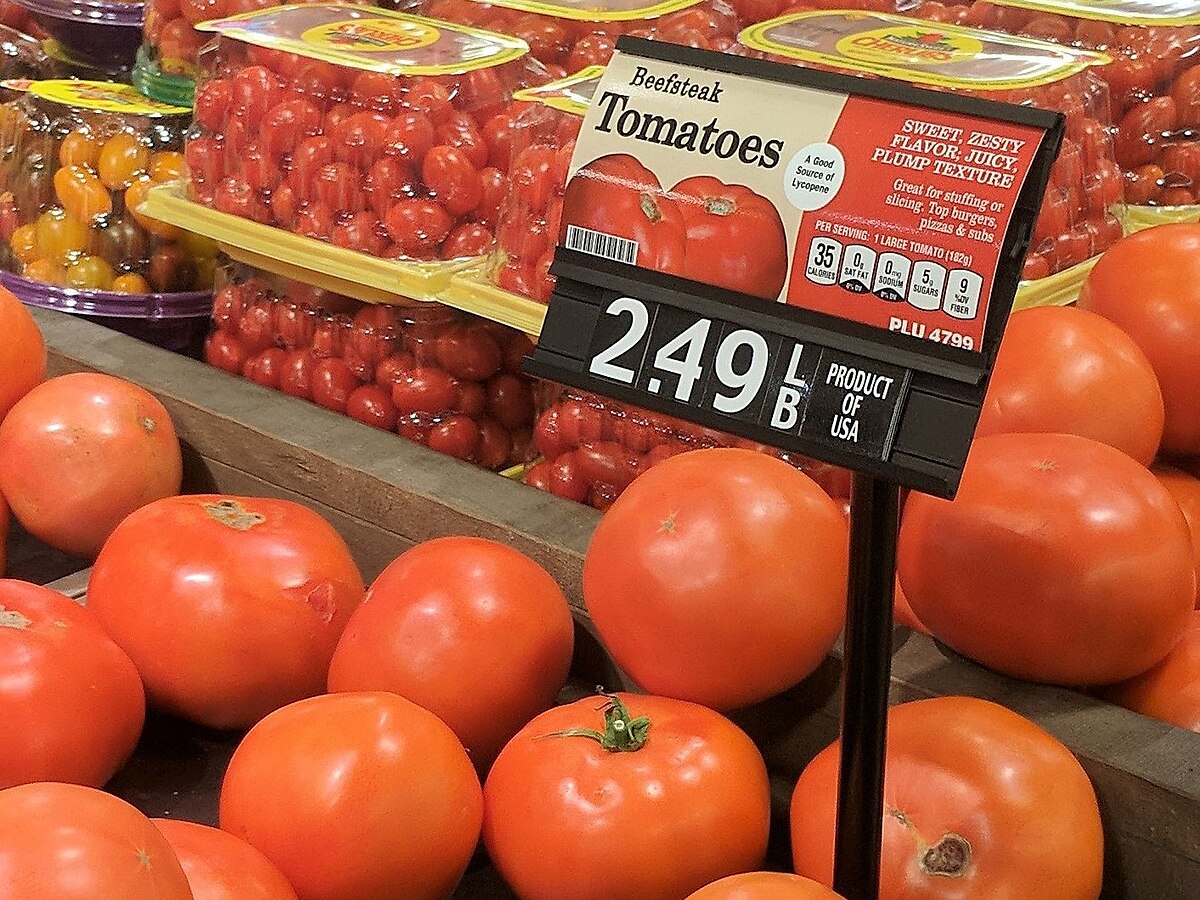
2. Better Inventory Management
While running a restaurant, inventory must be used judiciously. To know where your food is going, you must conduct regular inventory checks to control the inventory costs. The perishable products must be bought continuously in small quantities to be quickly used up before their expiry date, whereas long-lasting raw materials can be purchased in bulk.
As for the staff, they should always avoid inventory mishandling. They should be trained to chop the raw material themselves in the correct portions rather than buying pre-chopped inventory that costs more. Besides, the kitchen layout must be such that there is proper storage for the stock and raw materials, and there is no room for spillage.
The ‘First In, First Out’ or FIFO policy should be used for the kitchen ingredients. The ingredients that first enter the refrigerators should be used first to avoid their expiration. This is called stock rotation, which gives you a clear picture of the inventory and helps to use the ingredients with the shortest life first instead of just throwing them away.
3. Introduce Automation
Gone are the days when restaurateurs used excel sheets to note down all the food costs. These days, everything can be done by introducing automation. Deploying POS software in your restaurant helps in keeping track of inventory and improves shelf life management. It alerts you whenever you need to restock your inventory to avoid wastage of raw materials.
Besides inventory tracking, introducing automation can also assist you in menu optimization. The comprehensive item-wise and ingredient-wise reports offered by a POS system make it easier to track which item is getting the most sales and which is contributing zilch to the revenue. Furthermore, the restaurant management software also alerts the manager if there are any cases of employee theft via double KOT printing or giving away free discounts.
4. Buy In Bulk
Buying in bulk makes a difference when it comes to food costs. Purchasing inventories in bulk always means that you pay less. You can make a note of all the weekly inventory and order it from wholesalers. In addition, it is easier to negotiate with the suppliers or vendors when buying in bulk. Due to the high demand, suppliers often lower their prices. However, one thing to keep in mind is that you should not rely on one vendor and look for multiple suppliers to buy your inventory.
You can consider joining a purchase group organization that groups multiple restaurants to procure the best goods for them at low prices. The cost of raw materials is often lower in purchase groups as there is a long queue of restaurants waiting to stock their kitchen in bulk. The combined capital of multiple restaurants works in your favor while negotiating with the suppliers, ensuring a better deal than if you’d decided to go it alone.
Buying on credit is also one of the good options. It allows you to procure goods and raw materials in bulk at reduced prices, generate revenue and then pay for them later altogether. However, there’s a risk of non-payment by restaurants while buying on credit. It has to be made sure that the restaurant generates enough revenue to pay for the procured material to prevent going into debts. The credit period is usually 15-20 days, but it might vary from vendor to vendor. To avoid any discrepancies, always remember to establish the ground rules of ordering, receiving and payment.

5. Optimize The Menu
The menu plays an important role in determining the food costs of your restaurant. The more comprehensive your menu, the more the inventory costs. You need to optimize your menu to cut down on the cost of inventory not being utilized. With the help of good POS software, you can track which items are not making sales and strike them off the menu.
You can try increasing the price of your dishes while maintaining the food quality every few months in order to increase the overall revenue. However, just make sure they are not so overpriced that they repel the customers.
You can also try adopting a limited menu to reduce food costs. A limited menu offers a few items to the customers than a comprehensive variety. Many ingredients can be cross-utilized for multiple dishes and can be bought in bulk to reduce food costs.
6. Reduce Waste
The UAE is one of the countries generating the most food waste in the world. As per Dubai Carbon, the food wastage in this country is equivalent to 2.7kgs of food per day per head. The number goes even higher during festive seasons. With such high numbers, it is essential to track food wastage in order to reduce food costs in the UAE.
It is high time that restaurants start taking measures to reduce the wastage of food. There should be a proper track of:
- the amount of food returned to the kitchen as it was made incorrectly or did not have the expected quality.
- spillage on the kitchen floor.
- burnt food.
- unfinished plates or extra portion sizes that got thrown away.
You don’t want to overfill the customer’s plates. A lot of food is wasted when the plates are returned unfinished. Whenever this happens, it should be made sure that you are not overserving your customers. Ideally, the food cost of a dish should be 25-30 percent of its selling price. If that’s not the case, you should control the portion size of dishes that you serve so that the plates come back finished. Cut back tiny portions of food while keeping the selling price the same to avoid inflated food costs.
If not taken care of, rising food costs can incur heavy losses to your business. In COVID-19 times, it has become extra crucial to keep an eye on food costs. Implement these ideas and reduce the food costs to sustain in the competitive UAE restaurant industry.
The huge investments required to survive in the restaurant industry create the need for thoroughly analyzing all the risks before going all in. Conducting a comprehensive SWOT analysis for restaurants helps figure out how to use the existing capabilities to take advantage of new opportunities and encounter any upcoming threats while working on the weak points.


